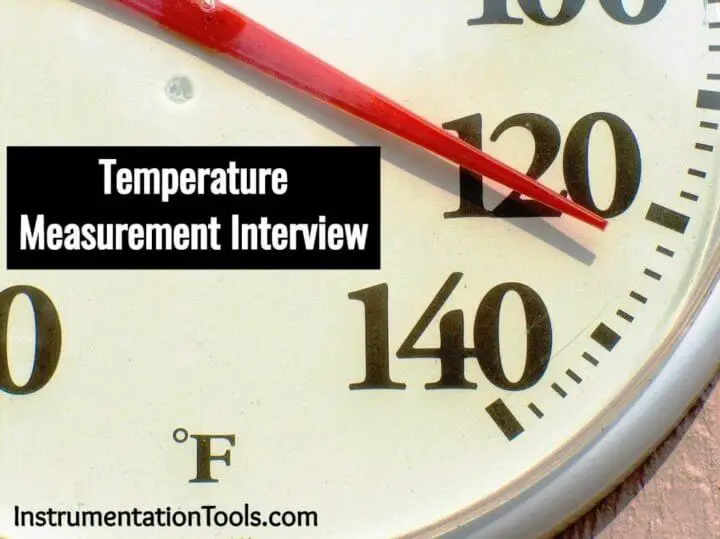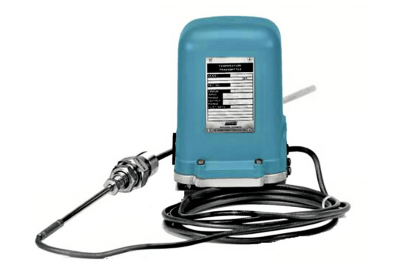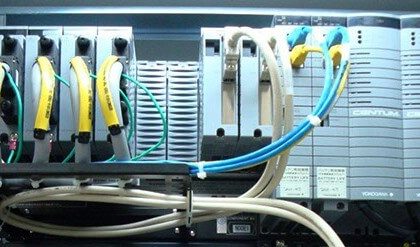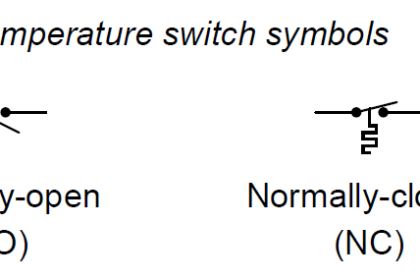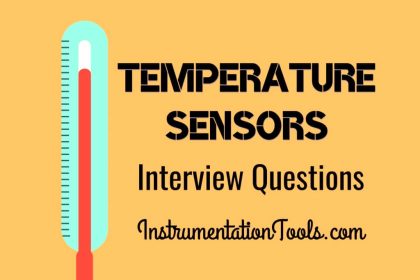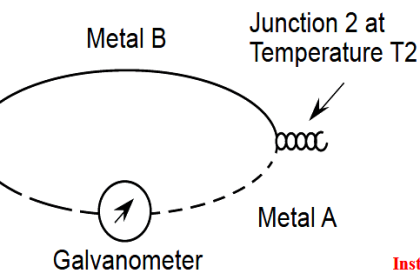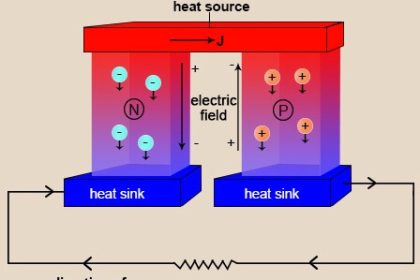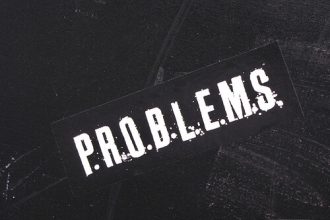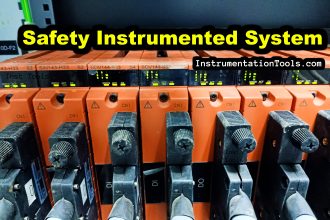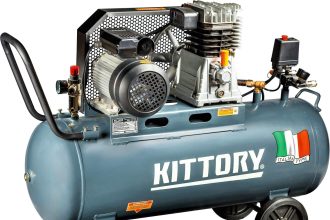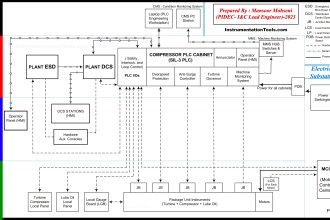Are you a Industrial Instrumentation Engineer ? Preparing for Instrumentation Interview ? Read the Interview Questions on Temperature Measurement.
Temperature Measurement Interview
RTD Questions & Answers
RTD (Resistance Temperature Detector)
An acronym for resistance temperature detector or device. A resistance temperature detector operates on the principle of the change in electrical resistance in wire as a function of temperature.
RTD Element
Sensing portion of the RTD which can be made most commonly of platinum, nickel, or copper. RTD features two styles of elements: wire wound and thin film.
RTD Probe
An assembly composed of an element, a sheath, a lead wire, and a termination or connection. The standard RTD probe is made with a 100 ohm platinum European curve element (alpha = 0.00385).
Platinum RTD
Also known as Pt RTD, Platinum RTD’s are typically the most linear, stable, repeatable, and accurate of all RTD’s. Platinum wire was chosen because it best meets the needs of precision thermoetry.
Thin Film RTD
Thin film RTD’s are made up of of a thin layer of a base metal embedded into a ceramic substrate and trimmed to produce the desired resistance value.
RTD’s are made by depositing platinum as a film on a substrate and then encapsulating both. This method allows for the production of small, fast response, accurate sensors.
Thin film elements conform to the European curve/DIN 43760 standards and the “0.1% DIN” standard tolerance.
Class A RTD
Highest RTD Element tolerance and accuracy, Class A (IEC-751), Alpha = 0.00385
Class B RTD
Most Common RTD Element tolerance and accuracy, Class B (IEC-751), Alpha = 0.00385
Alpha .00385 Curve
European Curve meets “0.1% DIN” standard tolerance and conforms to the DIN 43760 standard
Sheath
The sheath, a closed end tube, immobilizes the element, protecting it against moisture and the environment to be measured. The sheath also provides protection and stability to the transition lead wires from the fragile element wires.
RTD’s standard sheaths are 3 mm (1/8″) and 6 mm (1/4″) O. D. 304 stainless steel tubes. Other O.D.’s and materials are available upon request.
what approximately is the bearing high temperature alarm and shutdown setting?
High speed bearings are protected against high temperatures. The high temperature alarm and shutdown instrument are generally set at 95degee C and 105degee C (refer to the station drawings for the exact settings/parameters).
What types of primary elements are used to measure the compressor bearing temperature? Give example with the equipment name.
At lower range of temperature ‘RTD’ (resistance temperature detector)is preferred to thermocouples.
On dresser gas compressors: PT 100-RTD is used for measuring the journal and thrust bearing temperature.
On solar gas compressors: ‘k’ type thermocouple is used for measuring the journal and thrust bearing temperature.
What maybe the reasons, if a compressor bearing temperature increases?
The following are the possible for compressor bearing temperature rise:
Defective bearing
Low lube oil supply pressure
Aged lube oil
Excessive compressor load
Dirty lube oil cooler
Lube oil cooler fan running at low speed
Defective thermostatic valve in the lube oil to cooler line
which of the two-‘resistance and thermocouple’- is recommended for measuring a bearing temperature?
Resistance Temperature Detector– RTD is preferred to thermocouple for measuring the bearing temperature.
RTD is more accurate and linear in measuring temperature between the range -200 degee C to +200 degee C.
What are the bearing temperature instrument manufactures names?
We are using the following manufacture instruments for measuring the bearing temperature:
DYMAC, RIS-Rochester instruments Ltd.…etc.
Note : Companies makes will change from place to place. Share your Devices Models & Makes
Which of the above manufacturer’s product is more reliable and why?
RIS – Rochester Instrument Ltd. Performance is better than DYMAC.
RIS has less drifting in temperature measurement.
On line zero and span can be read
Individual card output can be recorded
Choice can be made in the input for a RTD or a Thermocouple
Note : Companies makes will change from place to place. Share your Devices Models & Makes
